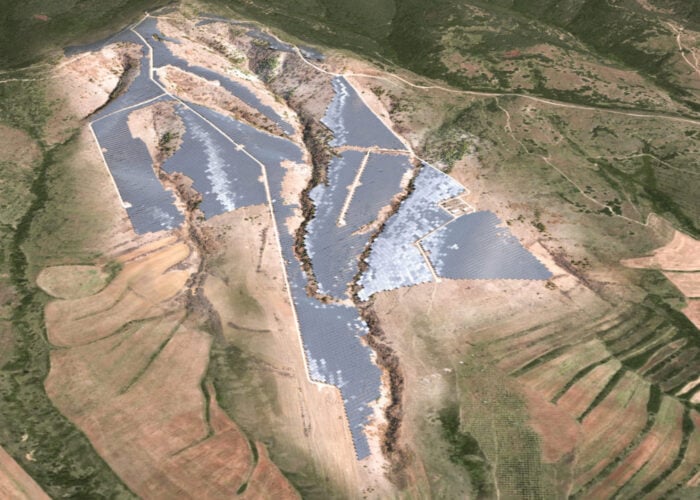After a record revenue financial year, Applied Materials is experiencing a significant reduction in equipment orders and revenue from PV manufacturing customers. Though cancellations were minimal, backlog decreased by 26% to US$2.4 billion, of which 14% is within its EES division, which includes PV equipment. Management expects PV related global CapEx to at fall by at least 50% in 2012 as manufacturers combat massive overcapacity and focus on cell efficiency improvements and technology buys.
Applied Materials noted in a conference call to discuss Q4 and full-year financial results that EES division orders declined 73% to US$86 million with net EES sales of US$315 million, down 44% on the previous quarter. Operating income decreased to US$17 million – 5% of net sales – reflecting the net sales decline.
Unlock unlimited access for 12 whole months of distinctive global analysis
Photovoltaics International is now included.
- Regular insight and analysis of the industry’s biggest developments
- In-depth interviews with the industry’s leading figures
- Unlimited digital access to the PV Tech Power journal catalogue
- Unlimited digital access to the Photovoltaics International journal catalogue
- Access to more than 1,000 technical papers
- Discounts on Solar Media’s portfolio of events, in-person and virtual
In FY2011, EES orders increased by 12% to US$1.68 billion, with net sales increasing by 34% to a record US$1.99 billion. Applied reported that ESS operating income increased to a record US$453 million – 23% of net sales.
However, the rapid drop in revenue and new orders is set to get worse. Applied’s management noted that it expected EES sales to decline between 40-60% in the next quarter as a direct result of the steep order decline and the business segment operating close to but below break-even position.
“AMAT also flagged up the key issues affecting the whole PV equipment supply-chain today: technology-buy and new-capacity cycles for 2012,” Solarbuzz market analyst Finlay Colville told PV-Tech. “And the importance of leading indicators for tool suppliers that will signal the exact timing of an upturn in equipment spending by PV manufacturers.
“Lacking, however, were any strong signs that a technology buy cycle is imminent. This is expected to be a precursor to new capacity sign-off, and the silence from AMAT was consistent with other tool suppliers that have reported during the past few weeks. The confirmation on this will have to wait one more week, however, when the tier 1 China public-listed manufacturers reveal their plans for CapEx on next-generation high-efficiency cell types,” Colville added.
Management noted frankly that it expect the fall-off in PV demand to carry-through the next two quarters, due to the overcapacity issue.
“So we've really focused our cost reductions in display and EES on getting our manufacturing right-sized for the environment,” Applied's CFO, George S. Davis, revealed during the conference call. “But it is a rapid and big dropoff that we have to absorb.”
Like others, Applied is therefore looking to streamline its solar operations in response to the significant decline in orders that are expected. Though providing little granularity to such streamlining operations, Davis noted that action is being taken, although it is too early to detail these potential future steps.
Michael R. Splinter, Applied’s chairman, CEO and president, said that the PV equipment market in 2011 was in the region of US$10 billion, but that is expected to fall to around US$5 billion in 2012.
Based on the rapid fall in new orders and projected low levels over the next two quarters, the worst spending period looks likely to be the first half of 2012, with the hope that a recovery in equipment spending occurs in the second half.
“But the real tough question to answer is when does capacity get in line with that demand,” remarked Splinter in the call. “And if you look at what we think applicable capacity is today, it's between 30 and 40GW. We think on the high end, next year, demand gets to 30GW of deployment. So in a market that's very seasonal where you have to have excess capacity to meet demand in certain quarters, if those two things would happen in the next 12 months, the alignment on capacity and demand wouldn't be too bad.”
Commenting on Splinters remarks, Colville said, “If cost reduction or commercial survival does end up being the modus operandi for 2012, then the PV equipment supply chain will be forced to sit patiently until downstream demand reaches the 30GW-level that is expected to signal the inflection point for new capacity additions from tier 1 suppliers. If so, then the upturn in equipment spending for AMAT – and other leading PV tool suppliers – may be a 2013 occurrence, not 2012.”







